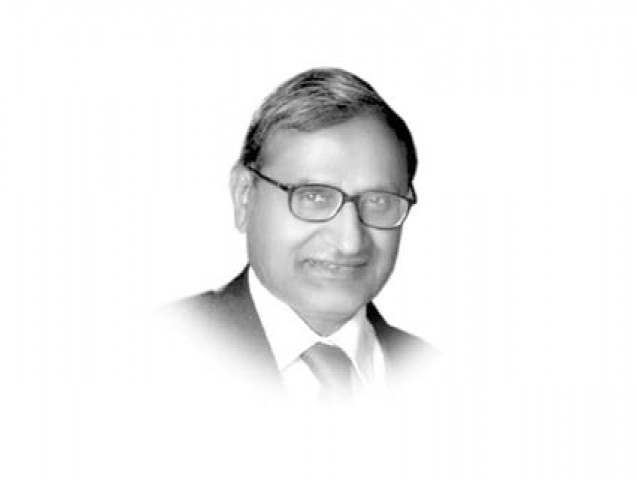A budget for all parties
Near an election, the budget is not to be judged by the realism of its projections, but by the size of subsidies.

The finance minister described his budget as ambitious but realistic. Ambition is aplenty, however. Gross federal revenues are projected at Rs2,732 billion, Rs1,952 billion from the Federal Board of Revenue (FBR) and balance from non-tax sources. After transferring Rs1,203 to the provinces as their share under the NFC award, the federal government will be left with Rs1,529 billion. This entire revenue is not enough to cover the Rs1,660 billion required for general public services, which include debt servicing, civil and military pensions and transfer payments. Defence adds another Rs495 billion. The fast expanding head of public order and safety and some others have not yet been counted. The point to note is that the federal revenue does not even pay for its current expenditure. Including the federal Public Sector Development Programme(PSDP) of Rs300 billion, the federal government plans to spend Rs2,504 billion, i.e. Rs975 billion more than its revenue. It expects provinces to generate a combined surplus of Rs125 billion. As a result, the overall fiscal deficit will come down to Rs850, an amount neatly translating into the IMF prescribed deficit of four per cent of GDP.
One has to only look at the experience of the outgoing year 2010-11 to see the unrealism of these projections. A fiscal deficit of four per cent was envisaged even then. But for drastic cuts in development budget, it would have been twice that target. The year could still end up with a deficit close to six per cent, as the FBR is stretched to the limits to collect Rs272 billion in the month of June. If the twice revised (downwards) target is achieved, the FBR is expected to collect 23.5 per cent more in 2011-12. With no significant new tax measures and concessions on a number of existing taxes, the realisation of the target is largely left to the administrative efficiency of the FBR. Further, the provinces are unlikely to deliver the projected surplus and there is no reason why expenditure on defence and public order and security will not overshoot the projections again. Finally, the projections also assume a disaster free fiscal year.
When approaching elections, a budget is not to be judged by the realism of its revenue and expenditure projections, but by the size of the pork barrel and the enthusiasm to subsidise rather than solve structural problems of the economy. Fiscal year 2011-12 may be no different from 2007-08.
Published in The Express Tribune, June 5th, 2011.















COMMENTS
Comments are moderated and generally will be posted if they are on-topic and not abusive.
For more information, please see our Comments FAQ